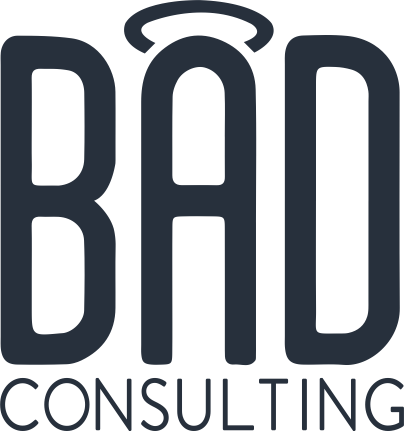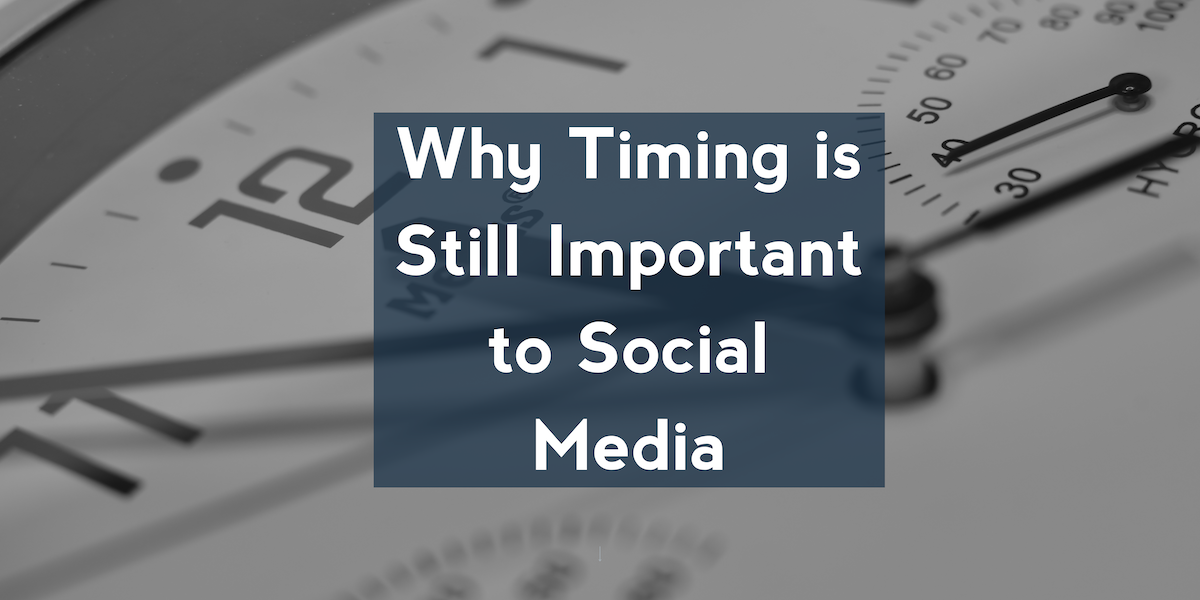Whenever I speak on social media, I always talk about timing. The timing of a post is one of the main factors that determines whether a post will be successful. And still, I see some weird stuff.
I’ll see a post at 6 am EST for a page that purports to be a national organization. I don’t know many west coasters who are up at 3 am. To be honest, checking Facebook at 6 am for the east coasters isn’t probably high on the probability card either. And yet, this page keeps posting at 6 am EST.
Or I’ll see a post late at night directed at parents. Okay, it might hit some of those parents who are dealing with their child’s sleep troubles. But will it really hit a very large portion of parents? Not really. I know when my daughter has trouble sleeping I do not check my phone so I can make sure to fall back asleep as quickly as possible. I’m sure I’m not alone in that.
And there are other timing mistakes like that which really miss the mark and a large chunk of their audience.
So what can you do to make sure timing gives your post a boost? Because it can if you work it the right way. Let’s take a look.
Define your audience
All social media programs start with figuring out who your audience is. And it’s not everyone. Please stop telling people your audience is everyone. There are certain people who are more likely to buy your product or donate to your organization or whatever your business goal is. Know who those people are.
But it’s not good enough to just know who those people are. Get to know their daily habits. What does it look like? When do they take breaks? When are they on social media? What other characteristics define them?
And then look at their relationship with your organization. When are they looking for information from you? What kind of information would that be?
Having all of that information can help you to form a plan around when to post and what to post about, so gather as much detail as possible.
Look at scheduling trends
Social networks are great about telling you when your audience is on. Most have some kind of graph that demonstrates what percentage of your audience is on at specific times. Take a look at those times and note what times when more of your audience seems to be on. And make sure you go through each day to note how it changes as well. Is it really accurate if you have made mistakes in the past and the fans on your account aren’t truly your targeted audience? No, but it’s a place to start.
You can also get some interesting information from social media management and scheduling apps. Note what they recommend as well and see if it matches up at all with the information you have received from analyzing your audience and from the social networks themselves.
Analyze what you have
At this point, you have loads of information. Kind of cool, right? But loads of information doesn’t mean a whole lot if you don’t do anything with it.
I would start off by mapping it all out. I personally like 1-2 posts per day for my clients, because it’s not overwhelming to fans and leaves room for breaking news. So maybe map it out so that you try all of the suggested times over the course of a month or so. Match up each time with a particular style of post. Would someone prefer a more information-focused post at that particular time? Or would they be more willing to talk at that time? Are they maybe looking for more of an escapism post at that time? Or are they rooted more in real life? Think about your goals and what your audience is doing throughout the day. Then write down a post type next to each time on your schedule.
Do you know what you have now? That’s right! It’s a plan! Woohoo! Go you!
Experiment
I refer to every post I do as an experiment, and that’s exactly what you are doing with this particular plan.
Every time you post, take notes about what happens. If your post gets no traction, figure out if it maybe the type of post you tried didn’t work for that time slot or if the time slot is altogether just not working for your particular audience. Keep analyzing your posts this way until you have a great hold on what your timing should be on each network.
But I have some bad news. This schedule is going to change and evolve over time. To that end, you should continue experiments as you can. You might want to throw some times in that weren’t on your list and see how they do. Don’t get so rigid with your schedule that you can never see another one working. Your audience’s needs change over time and that includes schedule updates as well as content updates.
The Naysayers
I read a post on Social Media Tea just the other day where someone’s boss said that it didn’t matter when you posted, because you could just boost the post later on to get the reach you need. Let’s talk about why this is terrible.
First off, the fact that you have to buy the views and engagement doesn’t escape the notice of the algorithm. They use your previous posts to inform them how many people should see your current post organically. If there isn’t a lot of action on your posts because you posted them at wrong times and then had to buy the views to make up for it, that is going to factor into the decision about how many people should see the next post. And that means, you’ll continually be digging out of a hole you created for no reason.
But also why would you buy what you can get for free? By making sure you’re consistently posting at the times most of your audience is checking social media, you are making sure the maximum number of eyes is on your content FOR FREE. And then you can spend your budget on much worthier boosts that are actually needed instead of trying to make up for timing mistakes with money.
Finding out the right timing for your accounts is an art, rather than a science. So get your paintbrushes out and see what you can create by playing with the data end of things. It could bring a lot more views on your content.
How are you working with timing on your social media posts?

